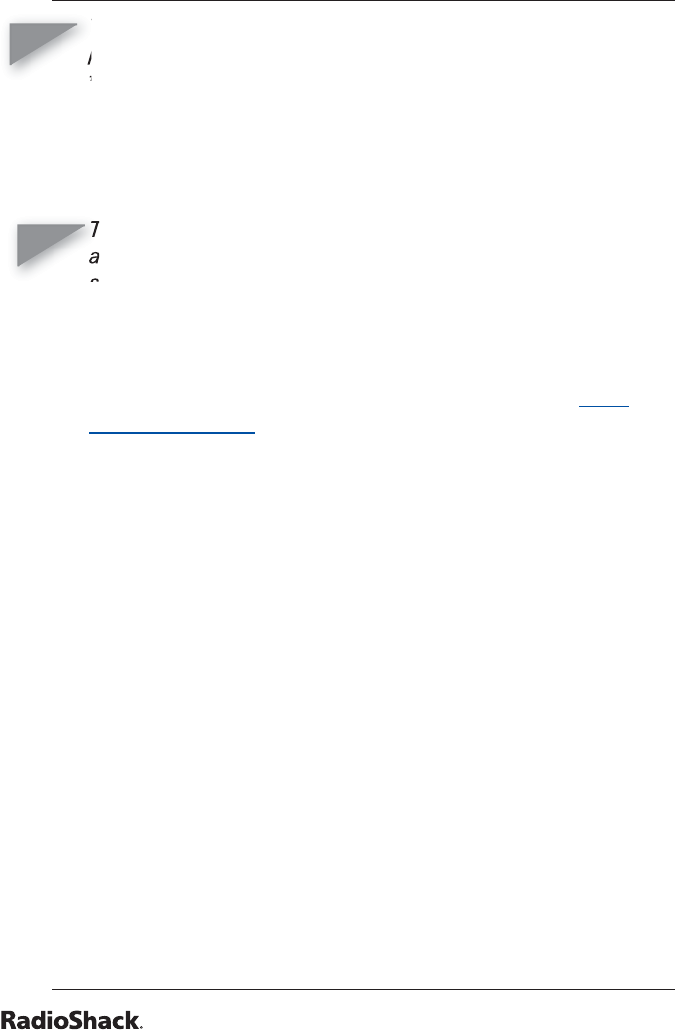
66
Beyond the Basics
To listen to the transmission, the mode of the
programmed channel must be the same as that of the
trunking channel (MO, ED, or LT).
When an ID code is received, the ID list for the bank is
searched, and if found, the text name stored for the ID
appears. If not found, scanning resumes immediately unless
the bank is in open trunking mode.
There might be more than one talk group transmitting at
a time in some Motorola trunking systems. If you set the
scanner to manually tune in Motorola trunking mode, you
will hear the talk group on that channel, but the display
will alternate between all active IDs.
Frequency fl eet map and talk group information are also
widely available on the Internet (for example, at www.
trunkscanner.com
).
In the past, groups that transmit frequently, such as police
departments, could transmit on only a few frequencies. This
resulted in heavy traffi c and often required 2-way radio users
to wait for a specifi c frequency to clear before transmitting.
Trunked systems allow more groups of 2-way radio users
to use fewer frequencies. Instead of selecting a specifi c
frequency to transmit on, a trunked system chooses one of
several frequencies when the 2-way radio user transmits. The
system automatically transmits the call on that frequency,
and also sends a code that identifi es that 2-way radio user’s
transmission on a control channel.
Your scanner lets you easily hear both the call and response
transmissions for that 2-way radio user and therefore follow
the conversation. For EDACS and Motorola (above 406 MHz
range), the scanner monitors the control channel between
each transmission to identify talk groups. For some Motorola
(under 512 MHz range) and LTR systems, the scanner uses
the subaudible data sent with each transmission to identify
talk groups.
Notes
Notes
Notes
Notes


















